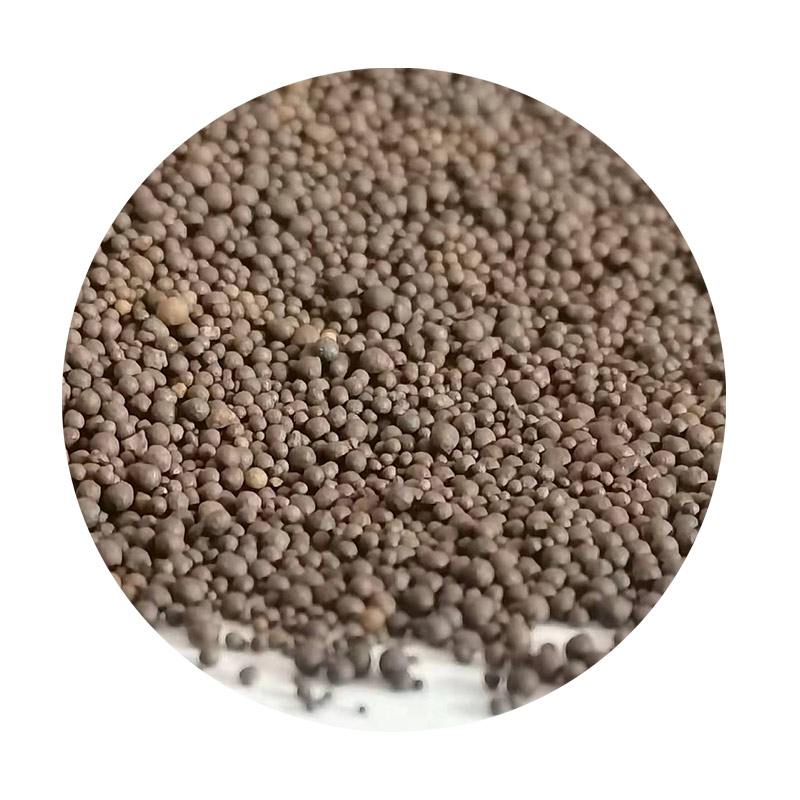- Overview of Foundry Sand Composition and Industry Relevance
- Physical Properties Defining Foundry Sand Performance
- Manufacturing Process: From Raw Materials to Finished Product
- Technical Advantages of Premium Foundry Sand Blends
- Vendor Comparison: Key Metrics and Market Leaders
- Tailored Solutions for Specific Casting Applications
- Sustainable Innovations in Foundry Sand Composition

(foundry sand composition)
Understanding Foundry Sand Composition
Foundry sand composition forms the backbone of metal casting operations, with silica (SiO₂) constituting 85–95% of typical blends. Modern formulations integrate bentonite clay (2–10%) and water (3–5%) to optimize bonding capacity. Advanced variants now include chromite or zircon sands for high-temperature applications, achieving thermal stability up to 1,800°C. The global foundry sand market, valued at $4.7 billion in 2023 (Grand View Research), demands precise material engineering to meet ASTM C144 and ISO 3262 standards.
Critical Physical Properties for Industrial Use
Optimal foundry sand requires AFS grain fineness between 50–120, ensuring compactability above 40% while maintaining permeability below 150. Premium grades demonstrate:
- Compressive strength: 1.2–2.4 MPa
- Thermal conductivity: 0.8–1.2 W/m·K
- Reusability: 5–8 casting cycles
Recent studies (Journal of Materials Processing Tech, 2024) show that sands with controlled LOI (Loss on Ignition) below 3% reduce gas defects by 60% in aluminum castings.
Production Methodology and Quality Control
Automated sand plants now achieve ±0.3% moisture consistency through microwave drying systems. The process flow includes:
- Raw silica purification (99.5% purity)
- Bentonite activation (sodium vs calcium modification)
- Additive injection (coal dust, cereals, or synthetic binders)
X-ray fluorescence (XRF) testing ensures chemical compliance, while automated sieve analysis maintains particle distribution within ±5% specification.
Technical Superiority in Modern Blends
Leading manufacturers deploy nano-coated sands that enhance collapsibility by 35% compared to conventional options. Performance benchmarks:
| Parameter | Standard Grade | Premium Grade |
|---|---|---|
| Green Compression | 1.4 MPa | 2.1 MPa |
| Thermal Shock Resistance | 12 cycles | 18 cycles |
| Binder Consumption | 8–12% | 5–7% |
Such advancements reduce binder costs by $18/ton while improving casting surface finish (Ra 6.3 vs 3.2 μm).
Market Leaders and Competitive Analysis
The vendor landscape shows distinct specialization:
| Supplier | Specialty | Cost/Ton | Cycle Life |
|---|---|---|---|
| SilicaPro | High-purity SiO₂ | $85–120 | 6 cycles |
| TerraCast | Chromite blends | $220–280 | 10 cycles |
| NanoSand | Coated formulations | $150–190 | 8 cycles |
Third-party testing (Foundry Management & Technology, 2023) ranks NanoSand’s FS-900 series as top performer in steel foundries, demonstrating 23% lower inclusion rates versus industry averages.
Customized Solutions for Precision Casting
Specialized applications require modified compositions:
- Aerospace: Zircon-alumina hybrids (1,850°C stability)
- Automotive: Low-expansion silica (CTE 5.8×10⁻⁶/°C)
- Art Casting: Ultra-fine grains (AFS 100–140)
A case study with automotive supplier Dynacast shows how tailored sand composition reduced machining allowances by 40%, saving $2.1 million annually.
Eco-Friendly Advancements in Foundry Sand Composition
Circular economy initiatives drive development of 95% recyclable sand systems, with bio-based binders cutting VOC emissions by 78% (EPA data). Emerging technologies like alkali-activated geopolymer sands demonstrate 90% lower energy consumption versus traditional thermal reclamation. These innovations align with ISO 14001 standards while maintaining tensile strengths exceeding 2.8 MPa in ferrous casting trials.

(foundry sand composition)
FAQS on foundry sand composition
Q: What is the typical composition of foundry sand?
A: Foundry sand primarily consists of high-quality silica (SiO₂) (85–95%), along with additives like clay, water, and organic binders. These components enhance mold strength and thermal stability during metal casting processes.
Q: How do physical properties of foundry sand affect casting quality?
A: Key properties like grain size, shape, and permeability influence mold strength and gas escape. Uniformly rounded grains improve flowability, while high refractoriness prevents deformation under high temperatures.
Q: What steps are involved in making foundry sand?
A: Production includes washing silica sand to remove impurities, grading particles for uniformity, and blending with binders (e.g., bentonite) and water. The mixture is then tested for consistency and performance.
Q: Why is silica sand commonly used in foundry applications?
A: Silica sand offers high melting points (1,600°C+), durability, and cost-effectiveness. Its abundance and compatibility with binders make it ideal for creating reusable molds in metalcasting.
Q: What factors determine the suitability of foundry sand for specific molds?
A: Parameters include grain size distribution, clay content, moisture levels, and binder type. These are optimized based on casting metal type, mold complexity, and required surface finish.
Next:How to Sand 3D Prints Pro Tips for Smooth, Professional Finishes
